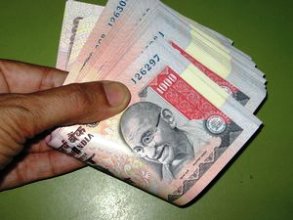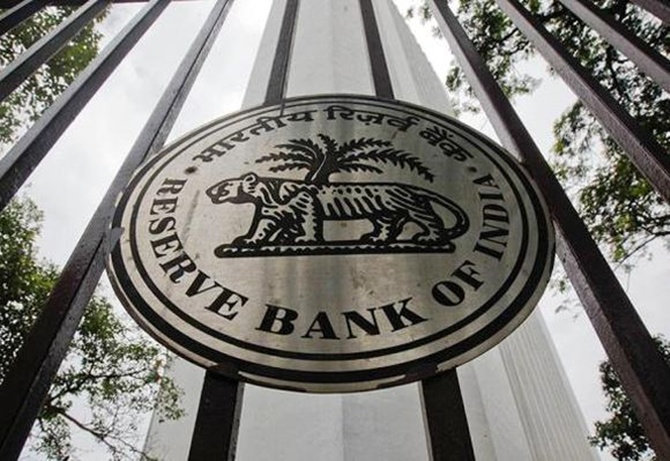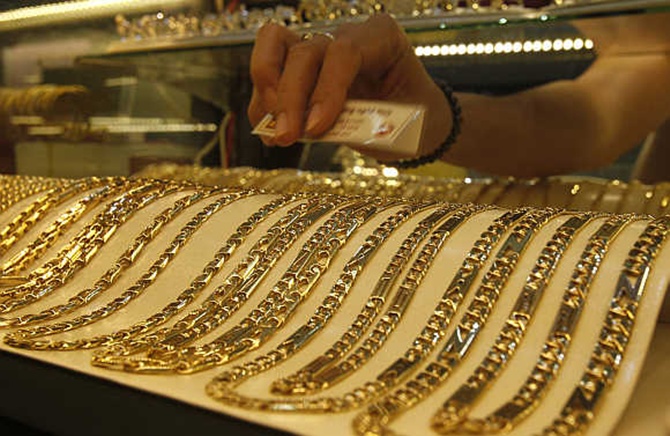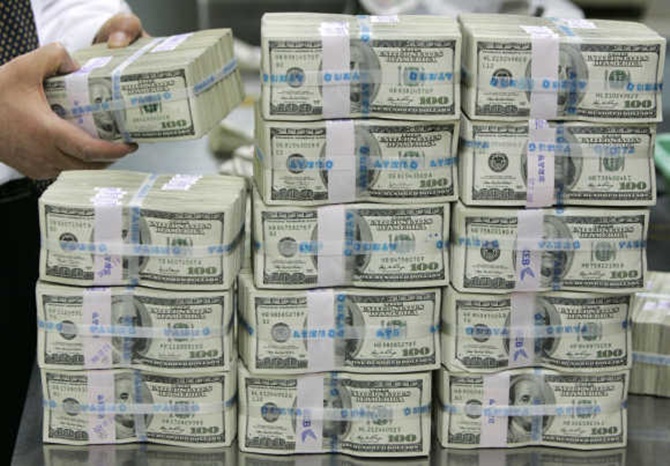 | « Back to article | Print this article |
How India can revive the rupee, economy
Any delay can only worsen the situation, in the process bringing another significant risk, a ratings downgrade, back into play.
All major financial markets – equities, bonds and currency – are on a slippery slope, with no respite in sight.
The immediate provocation for Friday’s and Monday’s declines was the restrictions on capital outflows imposed by the Reserve Bank of India (RBI) last Wednesday.
The strong market reaction to these was predictable: if an open door is closed halfway, everybody who is inside tries to get out before it closes fully.
Strikingly, despite statements over the weekend by both the prime minister and the secretary for economic affairs that further capital control measures were not in the offing, Monday’s market movements suggested that investors were not taking any chances.
Click NEXT to read more...
How India can revive the rupee, economy
Overall, developments over the four weeks since the RBI announced its first set of liquidity control measures have increasingly reinforced the view that policy makers have basically lost control of the situation and are reacting to the rapidly deteriorating situation with knee-jerk measures that are neither easily understood nor clearly explained.
One could always ask the question: would the situation have been better if the whole focus of macroeconomic policy had not shifted so decisively towards exchange rate management?
But there is no easy answer in the absence of a clear counterfactual. Instead, the more pertinent question is: are these measures providing a solution; and, if not, what needs to be done differently?
Click NEXT to read more...
How India can revive the rupee, economy
As has been argued widely and repeatedly, the root cause of recent rupee dynamics is the size of the current account deficit.
However one may assess the recent measures, the stark fact is that no combination of short-term price or quantity measures, as these have been, can do anything more than provide temporary relief.
The rupee will truly stabilise only when there is some comfort amongst stakeholders that the fundamental issue is being strategically addressed. Some of the adjustment will happen naturally as a result of the depreciated rupee.
Click NEXT to read more...
How India can revive the rupee, economy
However, other contributors to it, on the gold and, very critically, the iron ore exports and coal imports front, need specific interventions to get them started.
Of course, all of these measures will take time to have an impact, but a credible beginning will bring its own benefits.
Meanwhile, to resist what is effectively a run on the rupee, the government must now think of resorting to at least a standby facility with the International Monetary Fund.
Click NEXT to read more...
How India can revive the rupee, economy
This will immediately increase the effective supply of foreign exchange, thus reducing the downward pressure on the rupee.
Further, as the government executes the unavoidable corrections in the fiscal and current account balances, private investors’ concerns should abate.
The government needs to rise above political considerations to take some firm action immediately. It is doing no favours to either the economy or itself with an endless sequence of perceptibly failing measures.
Click NEXT to read more...
How India can revive the rupee, economy
Delay can only worsen the situation, in the process bringing another significant risk, a ratings downgrade, back into play.
Crude oil prices and the exchange rate have hugely widened the under-recoveries on fuels, threatening fiscal consolidation.
The heart of the matter is that the vulnerability of the rupee, indeed of the economy itself, is the result of structural problems. Therefore, the solution has to be structural.






